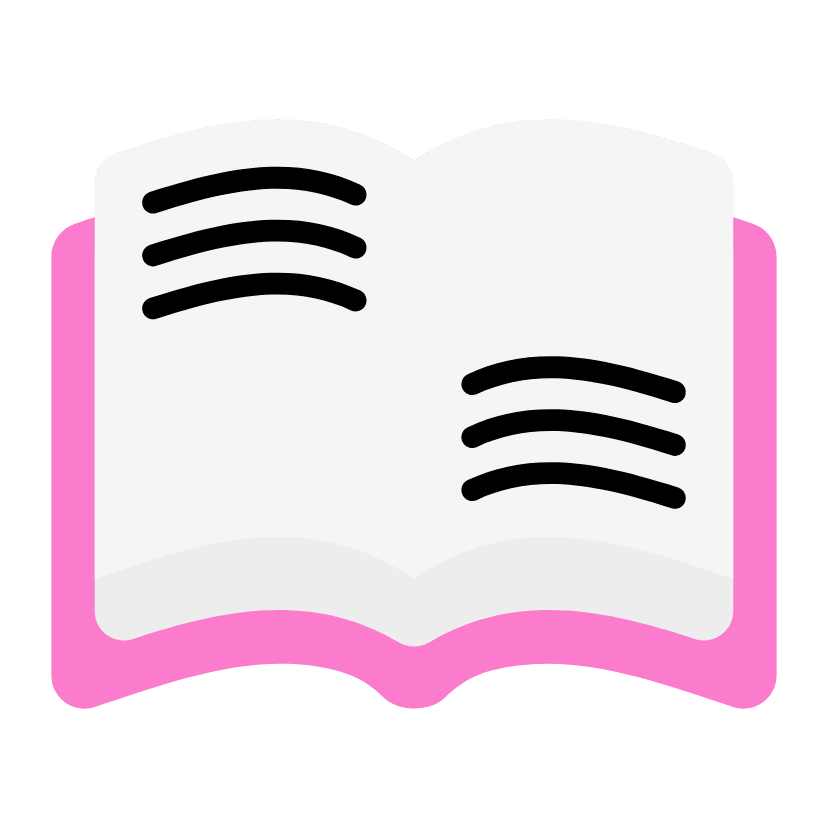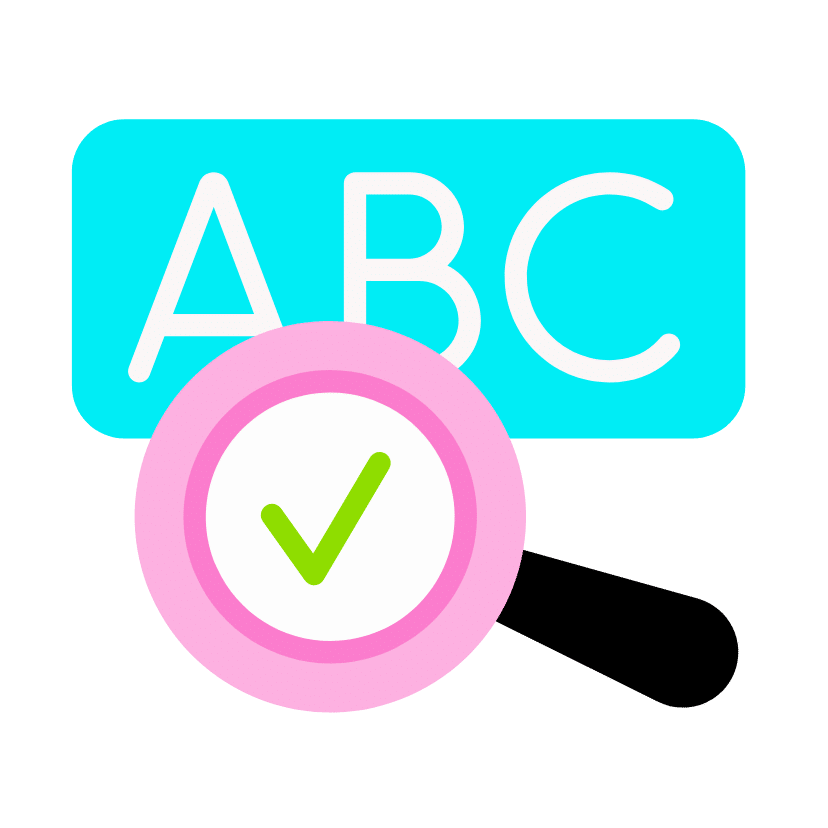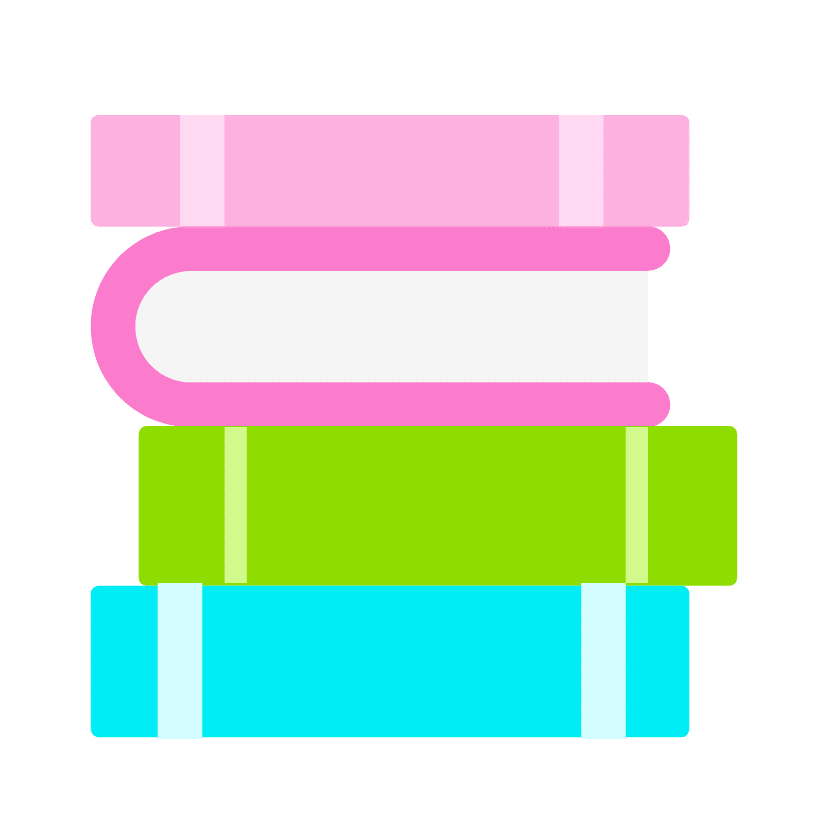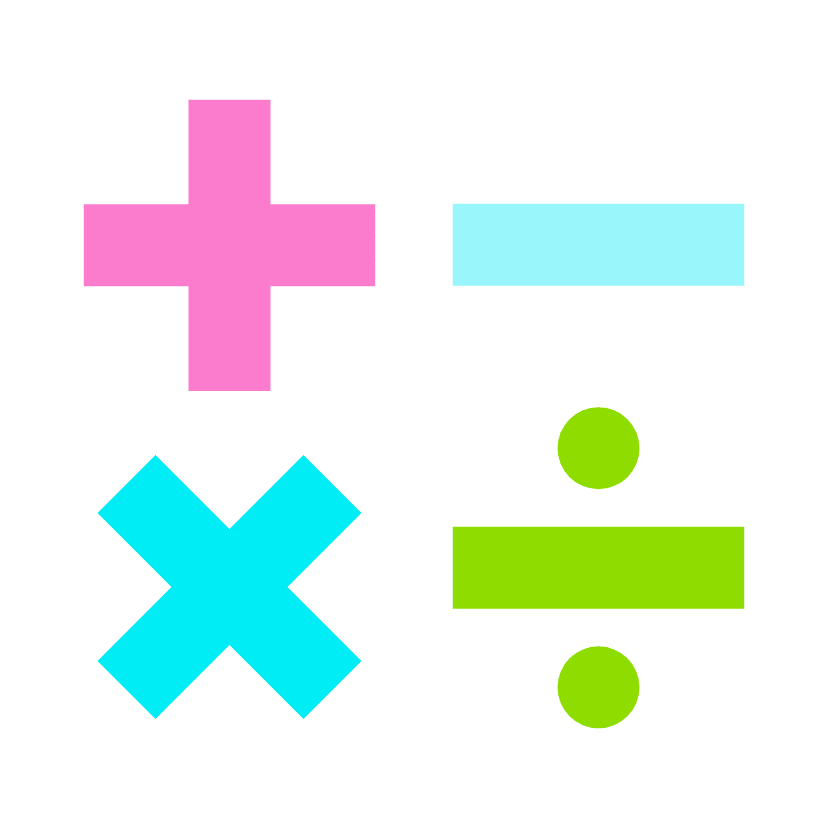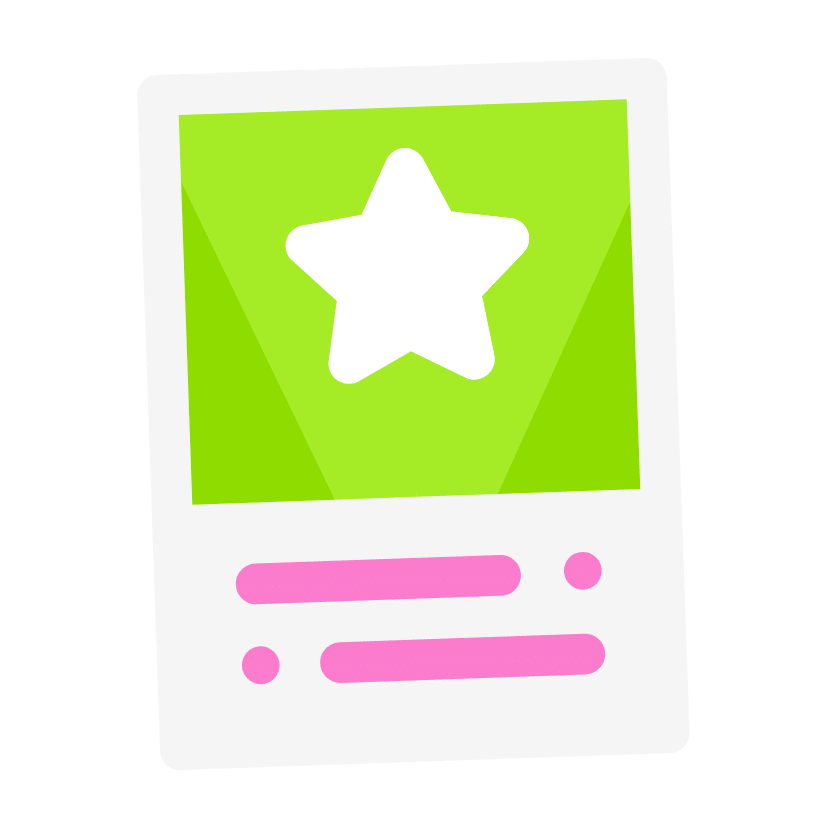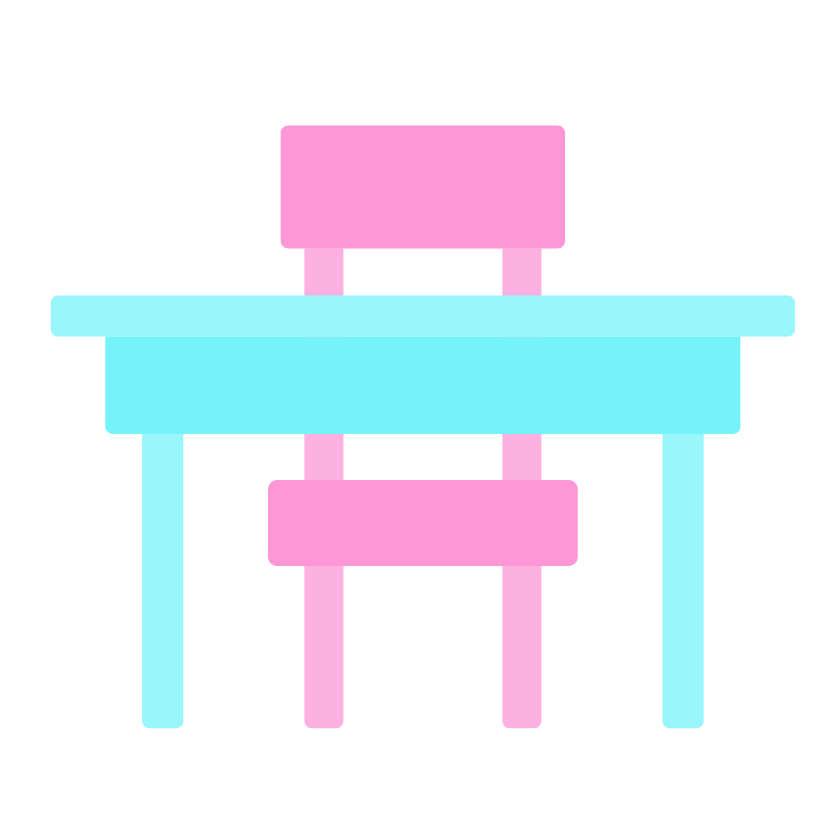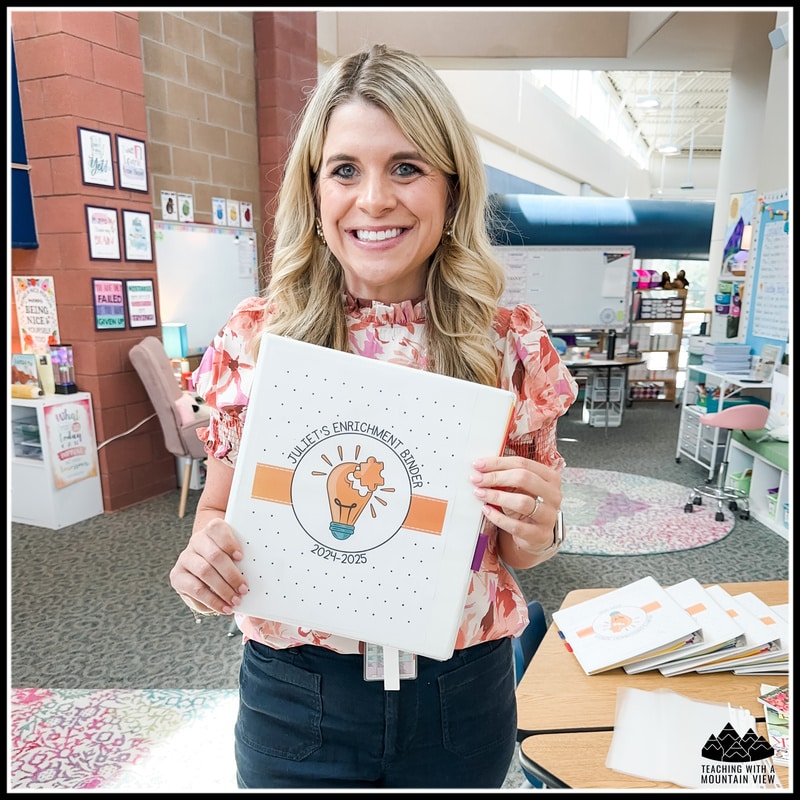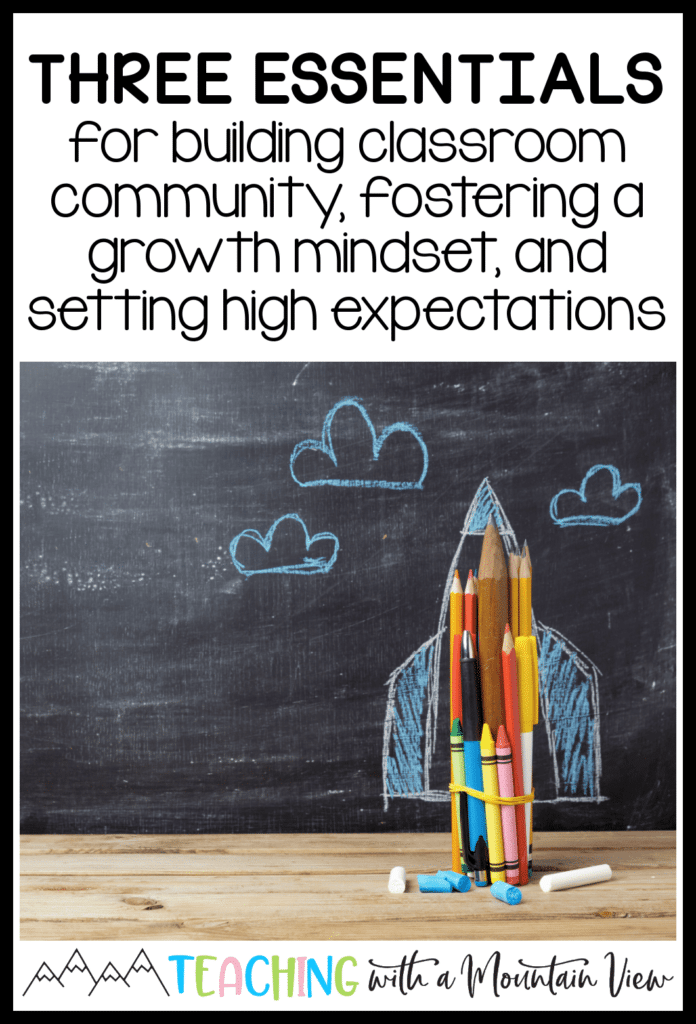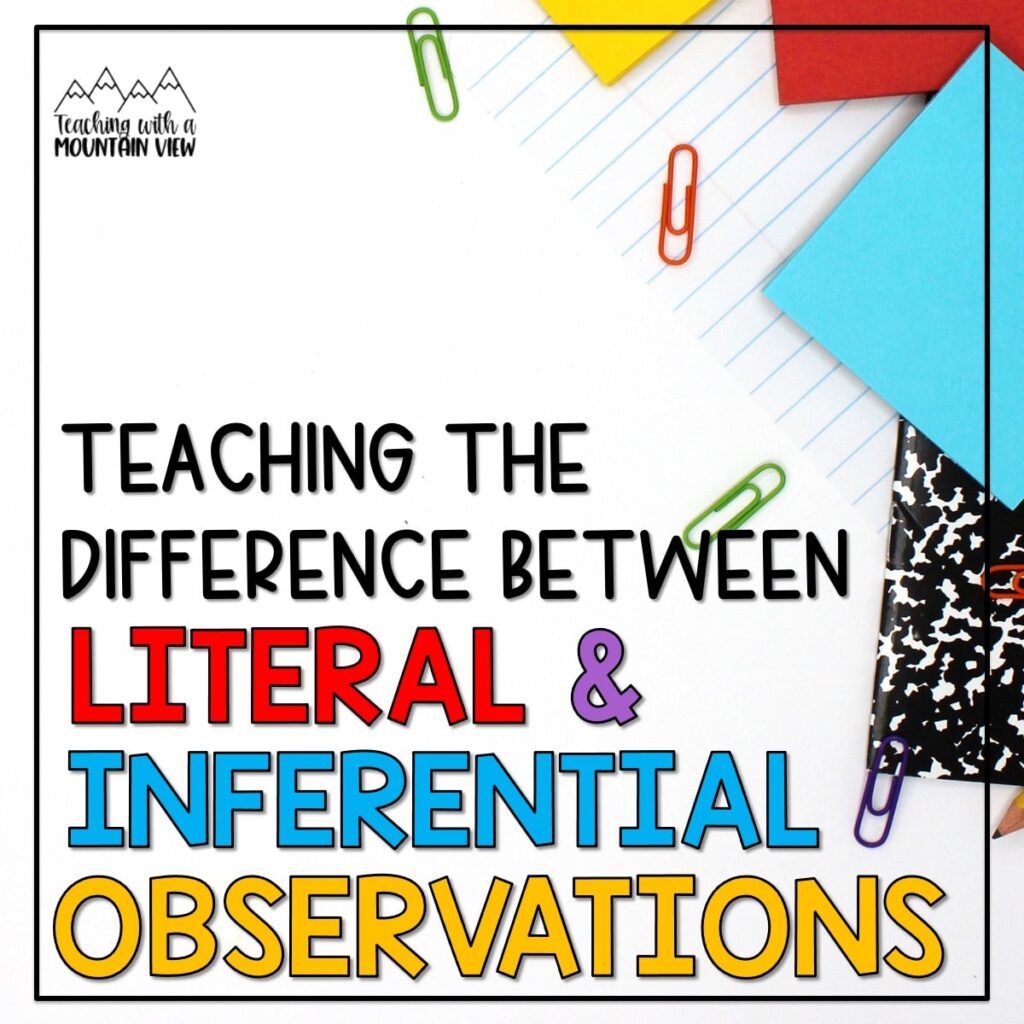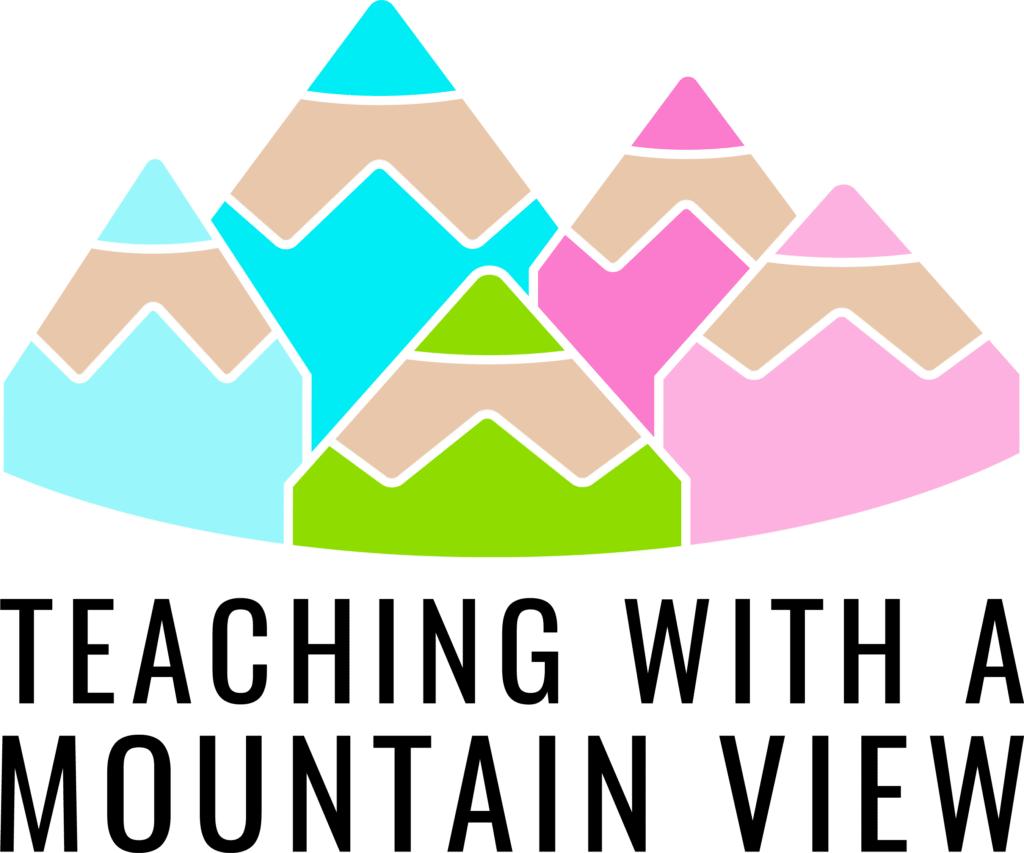How To Use Student Assessment Data: Practical Tips for Differentiation and Growth
By Mary Montero
Share This Post:
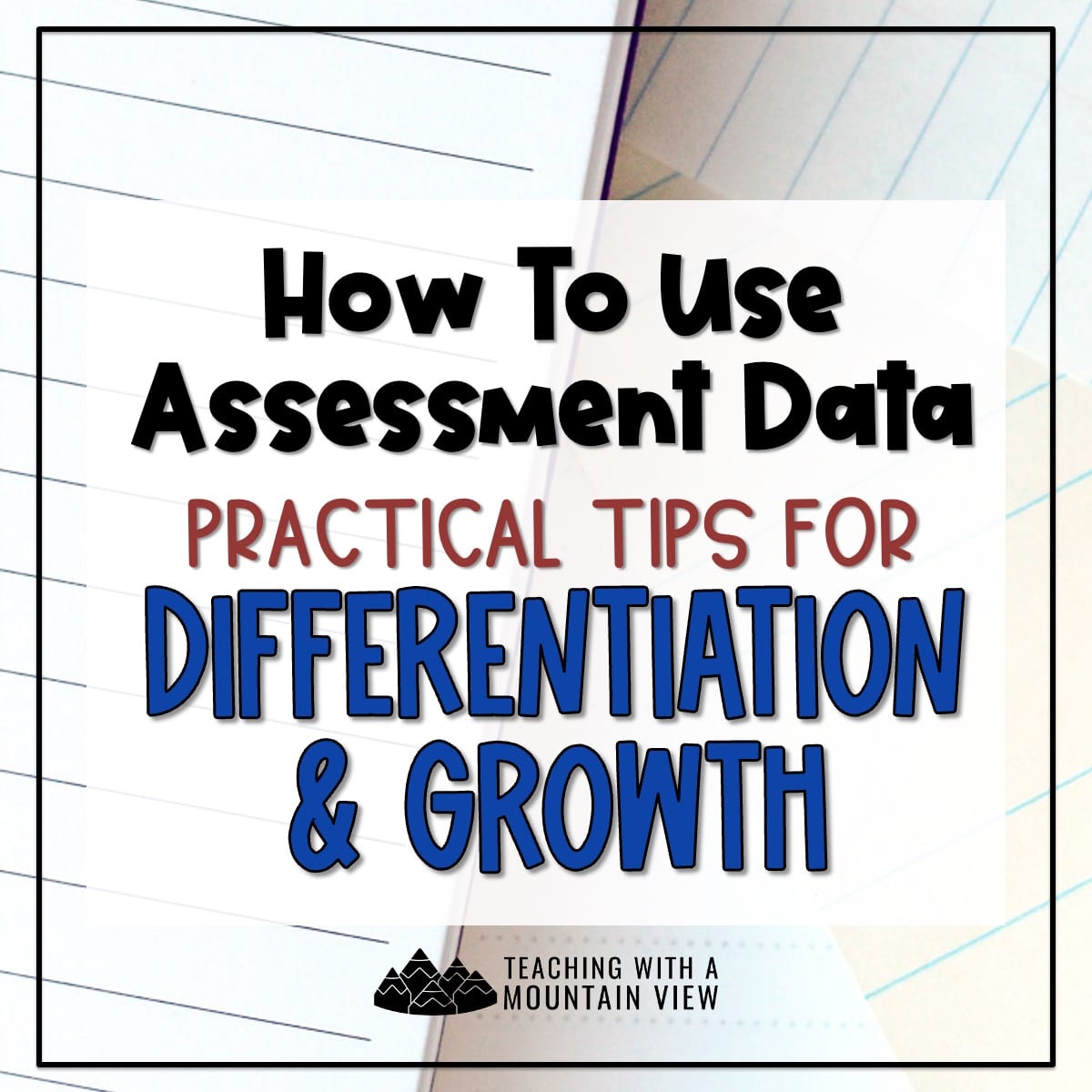
We’ve all been there, staring at our stack of data from recent assessments and wondering how to make the most out of it. Score breakdowns, performance bands, growth indicators, percentiles, etc.… there’s so much information, but the hardest part is often knowing where to start! Inside those numbers, though, is one of the biggest opportunities we have as teachers. Student assessment data is one of our most powerful tools for helping all students in our class grow, regardless of where they started. We spend so much time administering these assessments, so I’m here to help you make the most of all that data and really level up your classroom instruction based on the information you get about each of your students.
This post will help you turn data into action and effectively use your student assessment data to improve student growth and achievement. You’ll learn how to break down and interpret scores, use data to flexibly group students based on their needs, and plan differentiated lessons that meet learners exactly where they are. Let’s make data work for you!

An Important Note on Student Assessment Data: Look Beyond the Numbers
I’m a big believer that each data point is just that – a single indicator of success and achievement. It’s important to look at the big picture of a student’s academic achievement before making important programming decisions based on data. Pay attention to outlier scores – scores that are either much higher or lower than typically seen from a specific student. If a student drops significantly from one benchmark test to another, investigate it before making sweeping changes. Use your professional judgment and expertise!
Our school uses NWEA Map testing three times per year to assess academic growth. While you can apply all of this data to other tests, it’s where I have the most expertise and experience!
How to Interpret and Dissect Student Assessment Data
Each data report tells a story… how your students performed on specific standards, where they fall in overall grade level performance, and whether they’re on track with their expected growth curve. We can uncover key insights that inform our instruction by organizing this data.
First, I look at the individual types of data on each student report. Typically this includes:
- Standards: How a student performed across domains such as operations, algebraic thinking, measurement, etc. This specific information can help identify strength areas and areas for growth and is crucial for teachers planning data-driven instruction.
- Performance bands: A broad measure of where each student falls overall in each tested subject, with designations like below grade level, approaching, at, above, and surpassing expectations.
- Achievement Percentiles: A comparison of a student’s performance to that of their peers. A student at the 50th percentile would be achieving at an average rate for their age. A student at the 80th percentile or above is usually considered above average, while a student at or above the 95th percentile is well above average.
- Growth Projections: A measure of each student’s actual academic growth compared to their expected learning path. Students in the 50th percentile for growth have met expected growth based on their age and prior performance. Growth lower than the 50th percentile may be considered “low growth” based on assessment verbiage.
Then, I start looking for trends and organizing the data. You can create columns for the domains and color code each student’s score band to see where everyone falls at a glance. This sheet helps me quickly identify patterns without drowning in details and specific numbers. Many standardized assessments (like NWEA or i-Ready) provide a teacher report to help with this step!
Identifying these classwide trends is an important step toward planning future lessons based on my data. Are there certain skills where most of my students are excelling? Are there others that were weak across the board? Identifying those domains is the first step toward digging into individual standards. For example, if the majority of my class struggled with fractions, it’s a sign to revisit those standards in whole-group instruction. On the other hand, if only a handful of students scored below level on fractions, I can focus on that during small groups and/or intervention time.
How to Create Flexible Learning Groups for Maximum Growth
Next, I use the reports I made while studying my data to flexibly group students (remember: this is just ONE data point!). Flexible grouping is important because it organizes students based on their specific needs in each area, ultimately helping all students reach their growth targets. These groups are NOT just for your below-level learners!
After analyzing your student assessment data, you’ll likely need to create 4 to 5 groups of students. You can use your color-coded sheets to identify students for each group. These groups will vary based on the subject, and students will move through different groups as they show mastery.
Although I frequently change how I group students and what our routine looks like, I made a group rotation chart that works with my stations so all students know exactly where they need to be. Then I color-code all lesson activities in my plan book and copy folders. You can read more about how I organize my blocks in these posts:
How to Use Student Assessment Data to Create Differentiated Lessons
Differentiating instruction is the key to ensuring every student grows. With your data in hand, your goal is to meet each student where they are with targeted instruction.
- Students performing below the 50th percentile: For students performing below grade level, identify a specific standard that needs improvement. Then provide targeted, hands-on intervention for that skill. If they are performing well below expectations, it may be time to take them to an MTSS team.
- Students performing above the 80th percentile: These students need intentional enrichment opportunities since they’ve already mastered a great deal of the grade-level content. Consider curriculum replacement, compacting, or acceleration to meet their needs.
These flipbooks are perfect for small groups. They’re an engaging and rigorous way to review key math and literacy skills in a fun format. Each flipbook provides students with a cohesive review of important skills, and you get them at a deep discount in this MEGA bundle!
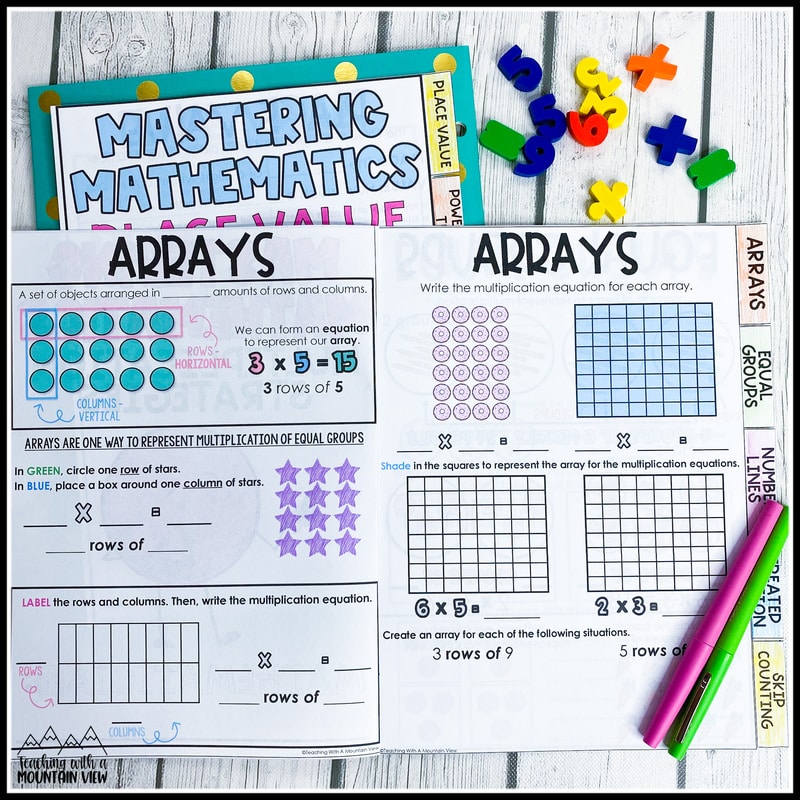
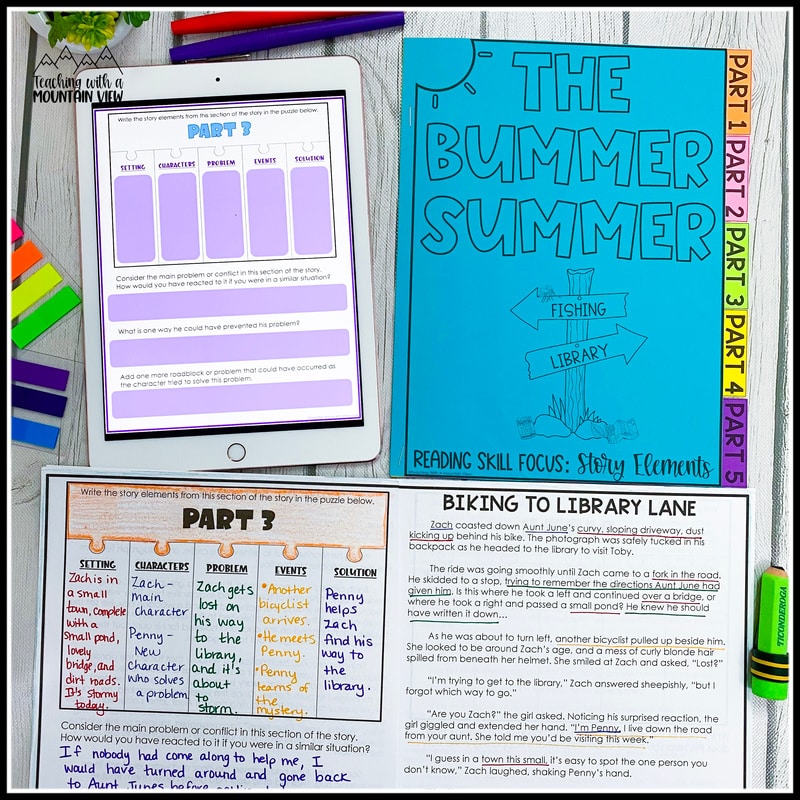
While it’s tempting to focus solely on students who need more support, it’s equally important to provide enrichment opportunities for your above-level students. These students thrive when given opportunities to stretch their skills through meaningful challenges. Not to mention, they can be some of the most difficult students to grow – after all, our curriculum often caters to students at or around the 50th percentile. Using only your curriculum, then, is very unlikely to result in academic growth for your highest and lowest students.
These resources are ideal for your enrichment groups!
Project-based learning really allows your above-level learners to thrive. The math projects and reading projects are designed for independent or small group work and are guaranteed to take engagement and rigor to the next level. Each one is highly engaging, student-driven, real-world, and enriching. When you grab the discounted bundles, you’ll have a project for every occasion all year long!
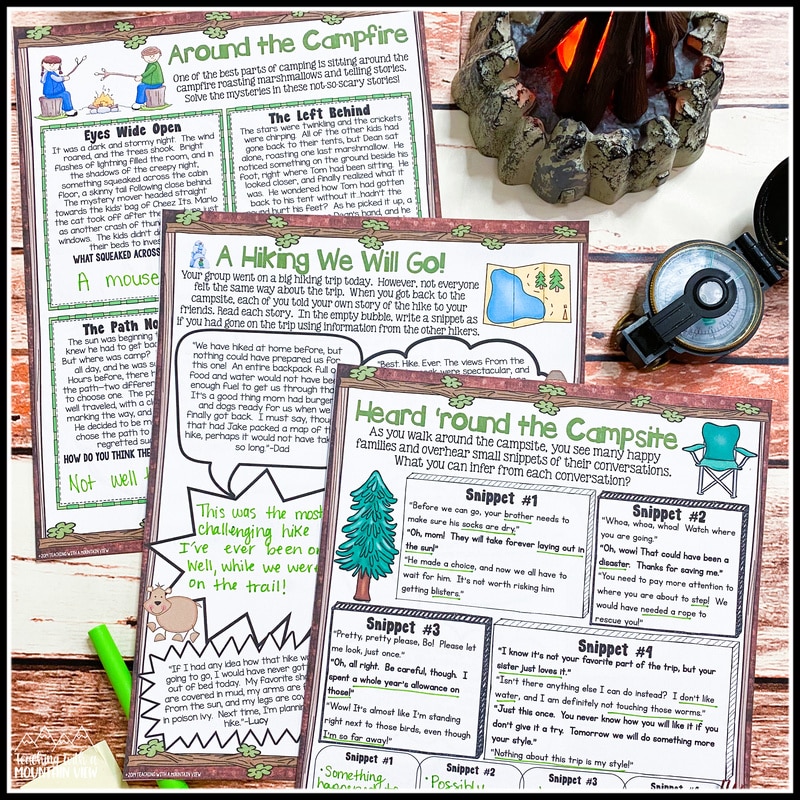
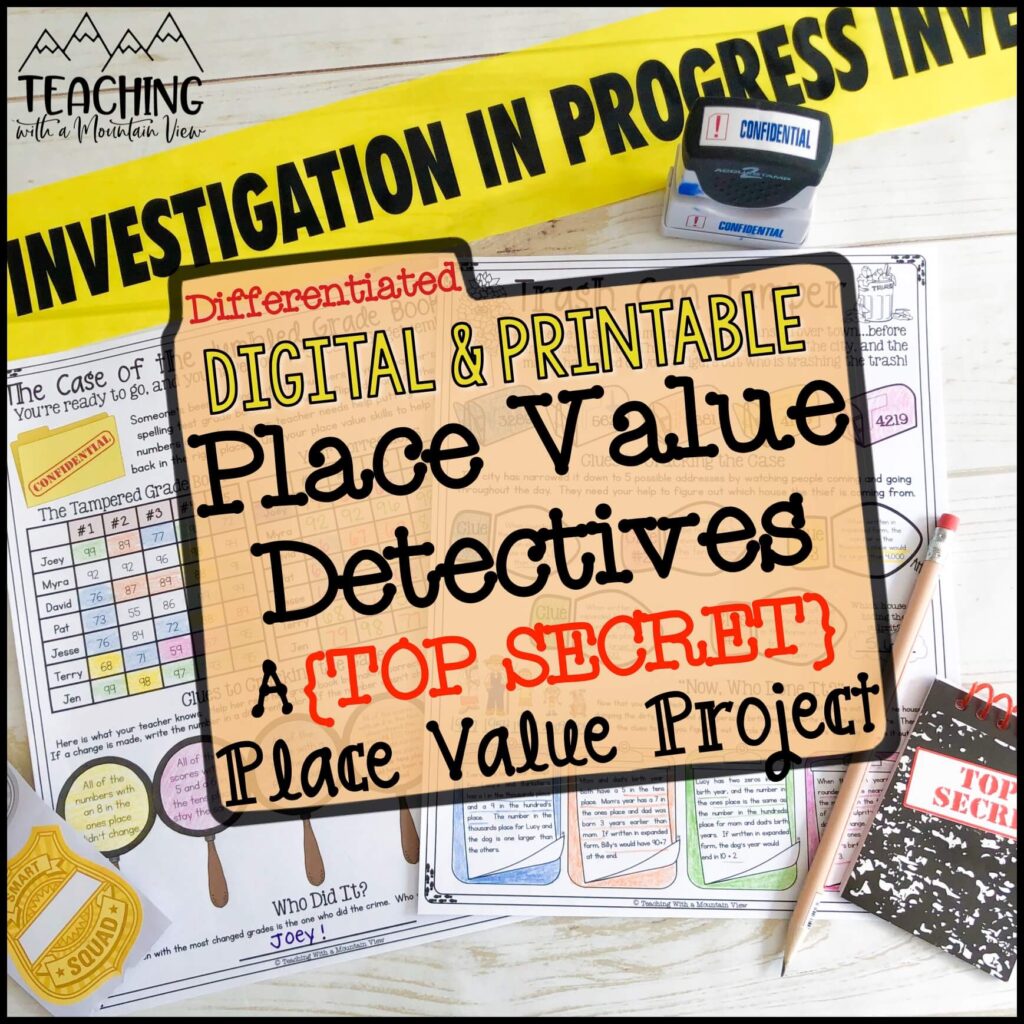
Error analysis is another one of my favorite enrichment options for critical thinking. I began creating error analysis tasks for my students after reading about Marzano’s New Taxonomy (Systems of Knowledge). Under Analysis, he lists error analysis as an exceptional way to promote thinking and learning. As soon as I read this, I knew it would be incredibly meaningful. This discounted bundle has error analysis tasks to use all year!
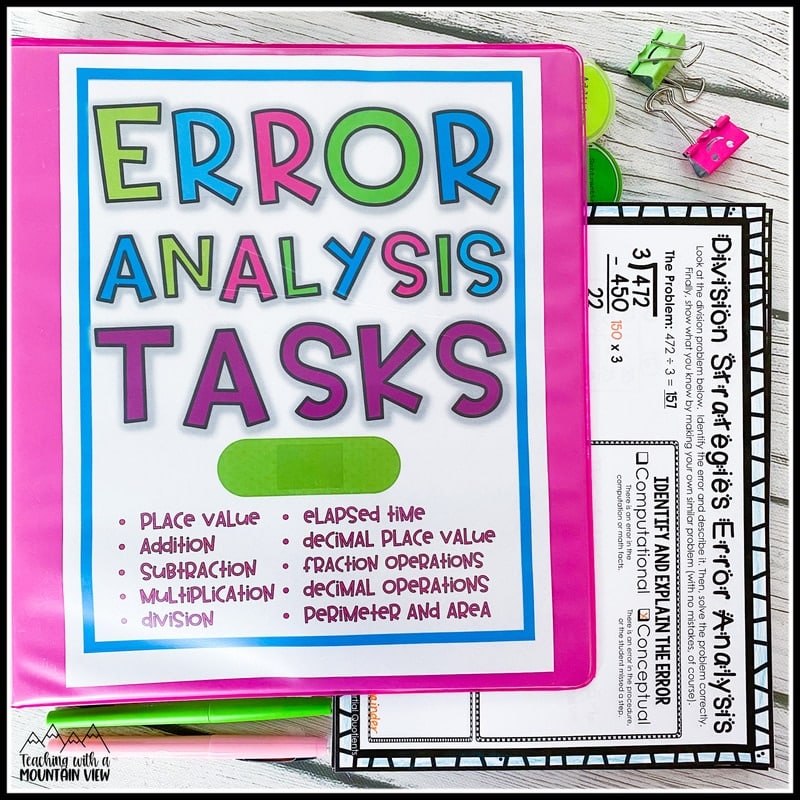
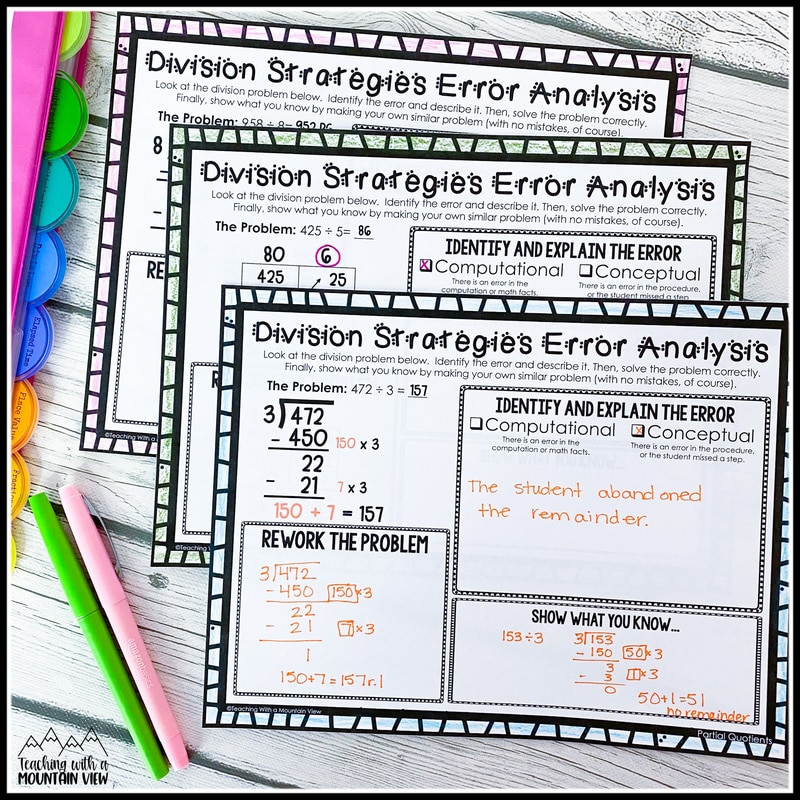
Verbal reasoning also promotes critical thinking in your enrichment groups. This verbal reasoning set includes several different formats.
- Words and Wordplay – This page includes problem-solving with basic information involving words. It is designed to help students see the relationships between words.
- Codes and Sequences – This page is designed to help students see patterns so that they can solve problems and break codes.
- Logical Conclusions – Students will read short passages on this page and come to a logical conclusion using only the information provided.
When you use student assessment data to differentiate, you can ensure all students are on track to grow and meet their individual learning targets.
How to Track Progress and Make Adjustments
Finally, it’s important to remember that each assessment is only one snapshot in time. Effective instruction relies on continuous monitoring and adjusting. Regularly tracking student progress not only ensures that every student stays on course but also reveals when it’s time to adjust your approach and rearrange groups.
While I do use achievement data to group my students and identify specific needs, I pay close attention to growth data. If students are not making growth, I really hone in on their data to try to identify specific areas of need. NWEA gives me great information about specific areas of performance, so I can identify exactly which areas didn’t see growth and which did. Then I can focus instruction on those identified areas.
Monitoring growth and achievement between tests:
- Exit tickets can be helpful tools for daily monitoring at the end of your small groups. Ending your lessons with a simple question or problem that checks for understanding is the perfect way to keep an eye on progress.
- End-of-unit quizzes and benchmarks can also highlight areas that may need additional review.
- Pretesting can allow you to differentiate for your highest students. If you can administer a pretest ahead of a unit, some students may show mastery and won’t need all of their grade-level curriculum. This is a great opportunity to provide enrichment resources in place of the regular curriculum.
You can browse a variety of FREE mini-assessments right here for literacy and math to make this step easier. If your school uses a platform like i-Ready, you’ll also receive real-time data on student performance.
When to Regroup
Also, consider the goals of your flexible groups when you review your data. If most students in a group have achieved mastery, it’s time to rearrange groups and focus on the next skill that needs improvement. This will mean moving students into and out of different groups based on their unique needs.
More signs it’s time to regroup:
- A group has plateaued and needs a new approach
- New gaps appear, and the needs of students within the group become more unique
- Your reassessments show that the group has mastered the targeted skill
When you build reassessment into your teaching, you’ll always have an up-to-date understanding of your student’s needs, which makes it much easier to lesson plan!
Bonus: Time-Saving Planning Tips
Even the most efficient teachers often find themselves short on time… there’s just so much to do and so little time to do it all! With a few time-saving strategies, you can make the most of your efforts while still creating meaningful learning experiences for your students.
You don’t have to sift through all that data alone! My favorite way to save time is by collaborating with colleagues. Plan a data review session with your grade-level team and instructional coaches to compare trends across classrooms as well as identify grade-wide strengths and challenges. For example, if fraction scores are low across all fourth-grade classrooms, you can brainstorm lessons together to address these gaps.
You can also divide and conquer. One teacher can plan math intervention while another plans reading enrichment, etc. By compiling your lesson plans, you’ll each have high-quality materials and more time to focus on implementation!
Some schools also allow for flexible groups across classrooms. You can pull outliers from each classroom into their own targeted groups taught by one of the grade level teachers or interventionists. This allows students at both ends of the spectrum to receive highly targeted instruction that isn’t always possible in the general education room. We call this WIN (What I need) time, and it has been successfully implemented in many schools!
While many schools have intervention teachers and support for below-level learners, not all schools have the same support for students who need enrichment. In that case, I highly recommend enrichment binders as an additional tool outside of your flexible groups. You can read more about my binders in this post or here on Instagram!
Mary Montero
I’m so glad you are here. I’m a current gifted and talented teacher in a small town in Colorado, and I’ve been in education since 2009. My passion (other than my family and cookies) is for making teachers’ lives easier and classrooms more engaging.

